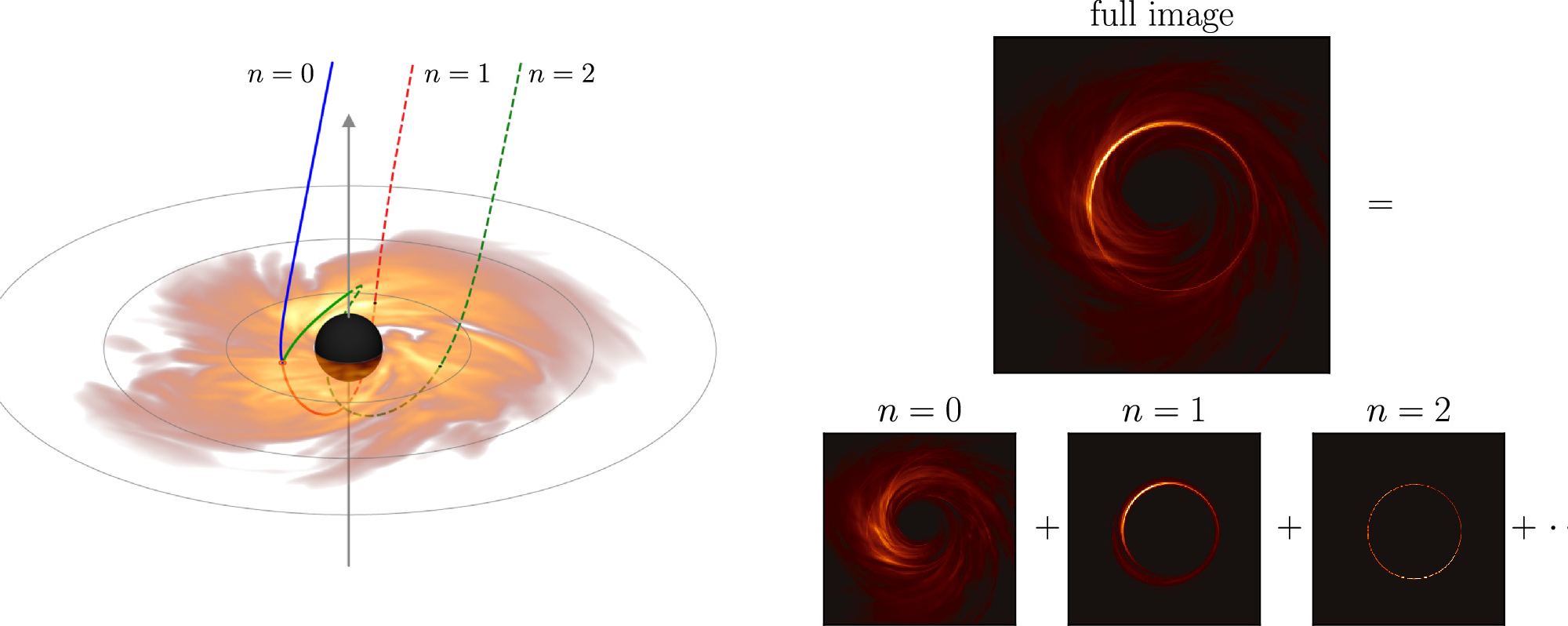
November 9, 2024 by Brian Koberlein
Collected at: https://www.universetoday.com/169227/using-light-echoes-to-find-black-holes
The most amazing thing about light is that it takes time to travel through space. Because of that one simple fact, when we look up at the Universe we see not a snapshot but a history. The photons we capture with our telescopes tell us about their journey. This is particularly true when gravity comes into play, since gravity bends and distorts the path of light. In a recent study, a team shows us how we might use this fact to better study black holes.
Near a black hole, our intuition about the behavior of light breaks down. For example, if we imagine a flash of light in empty space, we understand that the light from that flash expands outward in all directions, like the ripples on a pond. If we observe that flash from far away, we know the light has traveled in a straight line to reach us. This is not true near a black hole.
The gravity of a black hole is so intense that light never travels in a straight line. If there is a flash near a black hole, some of the light will travel directly to us, but some of the light will travel away from us, only to be gravitationally swept around the backside of the black hole to head in our direction. Some light will make a full loop around the black hole before reaching is. Or two loops, or three. With each path, the light travels a different distance to reach us, and therefore reaches us at a different time. Rather than observing a single flash, we wound see echoes of the flash for each journey.
In principle, since each echo is from a different path, the timing of these echoes would allow us to map the region around a black hole more clearly. The echoes would tell us not just the black hole’s mass and rotation; they would also allow us to test the limits of general relativity. The only problem is that with current observations, the echoes wash together in the data. We can’t distinguish different echoes.
This is where this new study comes in. The team propose observing a black hole with two telescopes, one on Earth and one in space. Each telescope would have a slightly different view of the black hole. Through long baseline interferometry the two sets of data could be correlated to distinguish the echoes. In their work the team ran tens of thousands of simulations of light echoes from a supermassive black hole similar to the one in the M87 galaxy. They demonstrated that interferometry could be used to find correlated light echoes.
It would be a challenge to build such an interferometer, but it would be well within our engineering capabilities. Perhaps in the future, we will be able to observe echoes of light to explore black holes and some of the deepest mysteries of gravity.
Reference: Wong, George N., et al. “Measuring Black Hole Light Echoes with Very Long Baseline Interferometry.” The Astrophysical Journal Letters 975.2 (2024): L40.

Leave a Reply